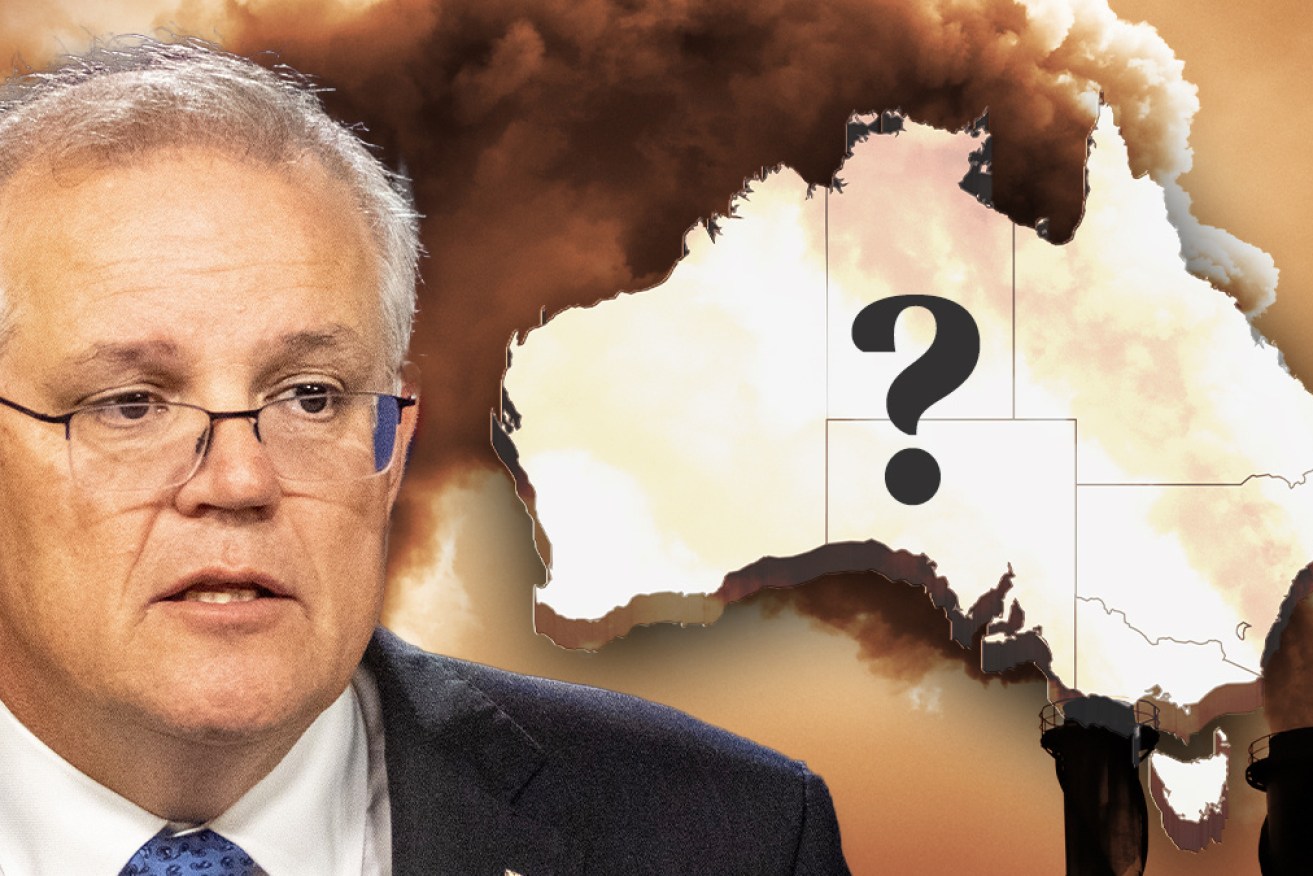Victoria’s emissions ambitions suffer as Canberra lags on climate


The Federal government needs to lead the way to developing national emissions targets. Photo: TND
Victoria could boost its emissions reductions by 20 per cent above its new targets if the federal government lifted its own emissions reductions from levels described as “an international joke”, according to Environment Victoria chief executive Nicholas Aberle.
Those reductions targets will become increasingly important as the European Union this week warned it was “working on a carbon border adjustment mechanism (CBAM)”, as reported in a Nine Newspapers opinion piece.
That mechanism would see exports from countries with weaker emissions targets than the EU hit with a tax, and Australia will be vulnerable if we continue to lag.
The figure Mr Aberle quoted came from a panel the Victorian government set up to review its emissions reduction options.
The panel’s report formed the basis of a recent announcement that will see Victorian emissions cut by 45 to 50 per cent on 2005 levels as of 2030.
“The advice of that panel was that Victoria should aim for a range of between 45 per cent and 60 per cent by 2030,” Mr Aberle said.
The panel found Victoria acting alone could reach the 50 per cent target.
But with federal government support the state could reach the upper end of the target range and be closer to 60 per cent, Mr Aberle said.
What to do
There are three really important ways the federal government could contribute to a higher target.
“The first way is that they could set a higher target that regulators and other government agencies could take their cue from,” Mr Aberle said.
“If the federal government were to aim for net zero emissions by 2050 and something more credible than 28 per cent by 2030, that would send a signal to organisations like the Australian Energy Market Operator that there is a narrower band of options for the future,” he said.
The federal government could provide money on a scale the states can’t and assist with coordination, Mr Aberle explained.
“Industry doesn’t like individual states doing their own thing as it increases the compliance costs with different regulations in each state,” he said.
Having a national approach to things like emissions from land, energy and electric vehicle policies could also deliver economies of scale in many ways, he said.
Even Victoria’s lower target highlighted the low-ball figure Canberra has chosen for its emissions target.
All states now have higher targets than the Commonwealth with, WA’s 28 per cent being the upper end of Canberra’s target range.
The ACT is the national leader, with 65 to 70 per cent, followed by SA (over 50 per cent), NSW, 35 per cent and Queensland at 30 per cent.
International shame
International comparisons paint Australia as a laggard, with comparable countries targeting emissions in 2030 of between 40 and 63 per cent lower than 2005 levels.
“Victoria’s target of 50 per cent by 2030 puts it roughly in the same spot as the countries we like to compare ourselves to,” Mr Aberle said.
The laggard federal target means that Australia could actually be boosting fossil fuel generation at a time the states are individually planning to wind it back.
“The Feds are still proposing to build new gas-fired power stations and extend the life of existing coal stations, and their mandate could override the states,” said Will Steffen, emeritus professor of environment and society at the ANU.
To bring down emissions to acceptable international levels there were two things that need to happen, Professor Steffens said.
“One is ‘Do not expand the fossil fuel industry’ or we’ll dig ourselves into a very deep hole,” he said.
“The second thing is to get a minimum reduction of 50 per cent by 2030 to meet the technical requirements to meet the Paris climate change commitments.”
New technology cheaper
Those targets would be achievable because the cost of technologies like battery storage have come down so rapidly and pumped hydro is becoming more available.
“There are also very clever ways to move electricity around a network, so we can actually do this by 2030,” Professor Steffen said.
Victoria’s 45 to 50 per cent emissions target would be made achievable by the planned closure of the Yallourn brown coal power station by 2028, said Graham Bethune, CEO of consultants EnergyQuest.
“Victoria still has a coal generation profile the likes of Poland or Kazakstan, but it will fall over nine years with the closure of Yallourn,” he explained.
However Victoria, being an industrial state and a transport hub, “still produces a huge amount of emissions in ships, trains, cars and trucks” and the state has not yet detailed how it would approach reductions in those areas, Mr Bethune said.
Research from the Climate Council has detailed what would be necessary for Australia to keep its Paris commitments of targeting global temperature rises to 1.5 degrees above pre-industrial levels by the end of this century.
“It would mean aiming for net zero emissions by 2035 and a 75 per cent reduction in emissions by 2030,” said Will van de Pol, campaigner with progressive think tank Market Forces.
The New Daily is owned by Industry Super Holdings








